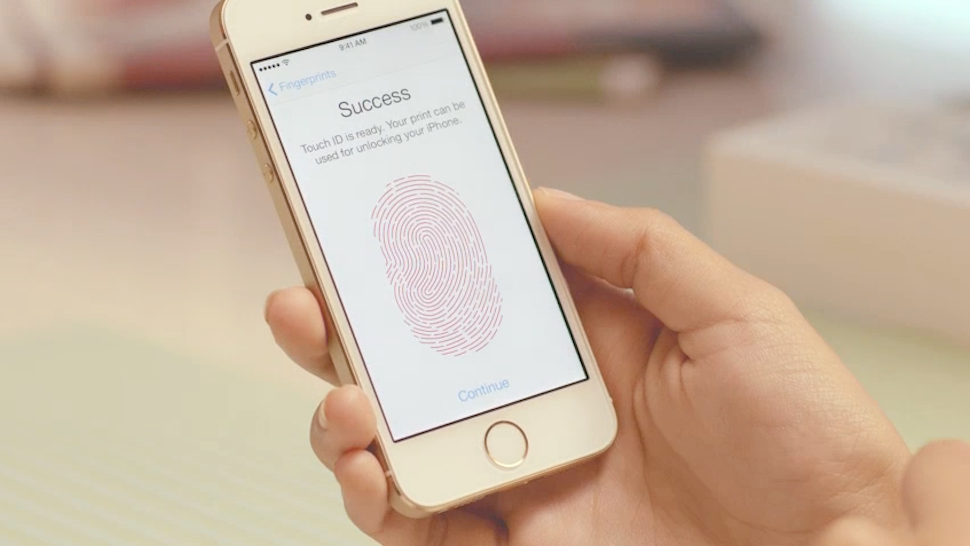The United States Patent & Trademark Office (USPTO) has published an application that Apple had filed back in 2014, which would allow iPhone users to unlock their device with Touch ID using a specific finger and put the iPhone in ‘panic mode.’ Once the device enters panic mode, it will go into lockdown state by limiting the access to user’s personal data if the user is being forced to unlock the device.

Panic mode would make iPhone more secure and protect user’s data. The User would be able to put the device into Panic mode by placing a specific finger on the Touch ID, which would unlock the device with limited access to the data. Apple currently allows iPhone users to setup up to five fingers in Touch ID. The User will have to designate one finger as “Emergency” print.
The patent application describes a situation where an iPhone user is being robbed of his phone, and the user being robbed quickly places the panic mode finger on the Touch ID to unlock it, but limiting the access to the personal data on the device. Once the device enters panic mode, the thief won’t be able to access any data stored on the iPhone.
There are a number of other functions described by Apple in the application, which was filed back in May, 2014. However, its basic purpose is to recognize when the iPhone’s owner is in “distress,” and locking down the device and limiting access to private data.
The feature is designed to address the emergency situations, such as the iPhone owner is being robbed and forced to unlock the device before handing it over. The patent application also describes that in panic mode, iPhone’s camera and microphone will turn on to capture and record a robbery or crime scene and then sending that data to user’s iCloud account or possibly even local police.
Other ways of using panic mode described in the application include a loud alarm that goes off in panic mode and does not stop until the user confirms that they are safe, or a distress signal that could be sent to nearby iPhones, or placing a phone call.
Depending on the fingerprint that was captured, a particular action may be carried out when the device is unlocked. In one example, a fingerprint of an index finger may indicate that a call is to be placed. When the fingerprint of the user’s index finger is captured, when the mobile device is unlocked, a telephone application may be launched to allow the user to place a call after the mobile device has been unlocked.
Apple has truly improved the overall security of its iOS devices over the past few years, especially with the Activation Lock feature in the recent years. The data shows that iPhone thefts have declined as a result of Activation Lock, because thieves cannot sell an iCloud locked device after it has been stolen.
Increasing that security by adding a feature that could potentially store evidence against an iPhone thief could bring the number of robberies down even further. It’s worth mentioning that not all features that Apple patents see the light of the day. Let’s hope Apple make this feature a reality for its iOS devices.
via [Business Insider]